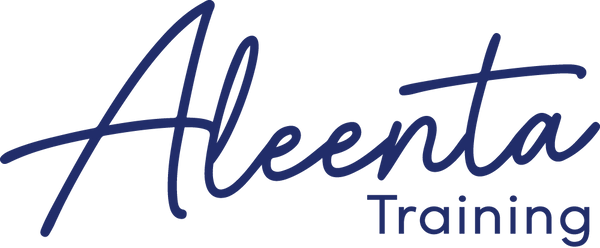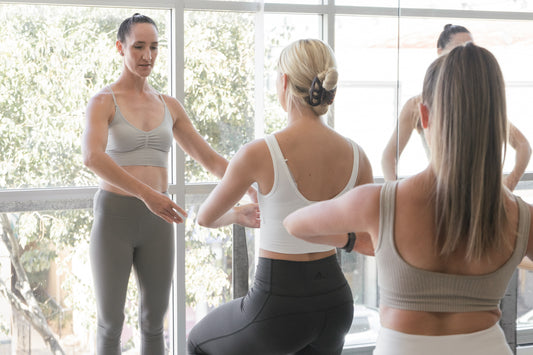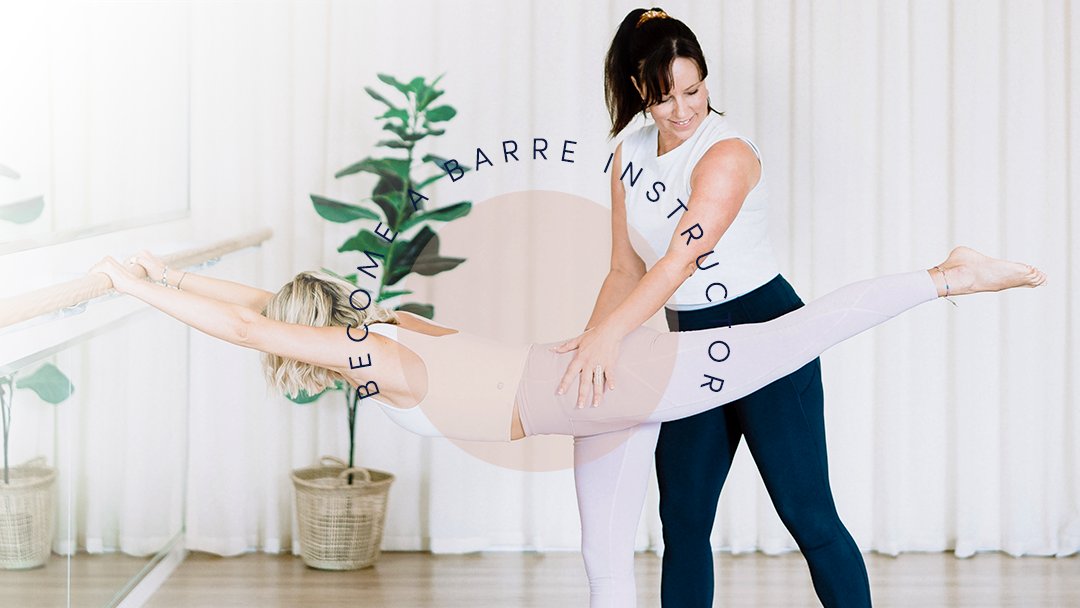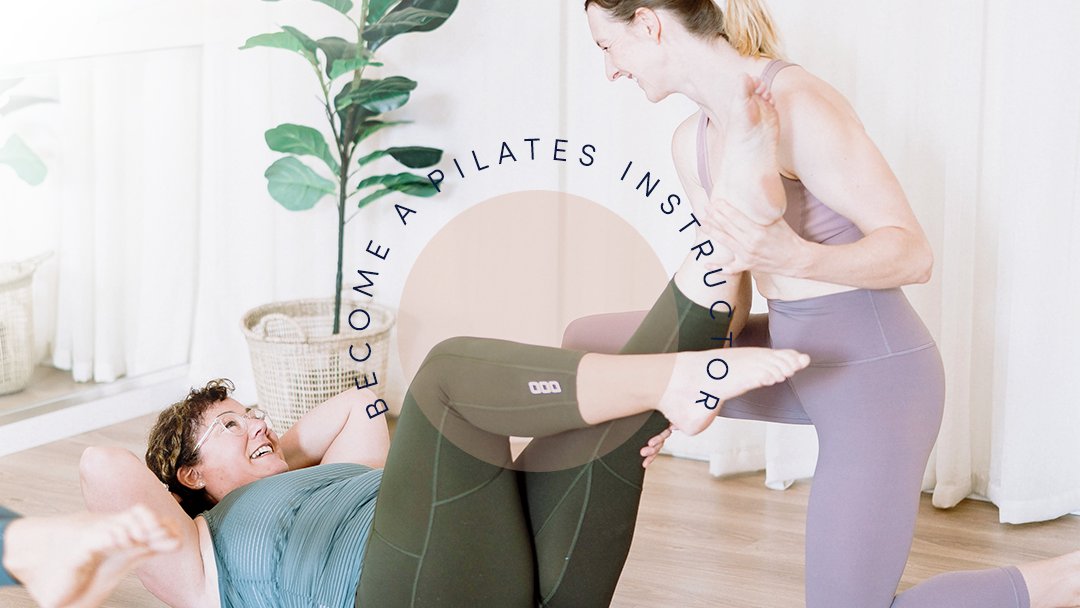
Lotte Berk and Joseph Pilates; the original creators
Share
Knowing the origins of Barre and Pilates is very important if you're going to teach it! Understanding why and how these fitness styles were created keeps us connected to the root purpose of the exercises and can help us accommodate each individual client in our classes.
Lotte Berk and the birth of barre
Do you ever wonder where Barre comes from? It is fairly new in Australia, having popped up here roughly only 10 years ago. But did you know, Barre has been around for over 60 years?
It was a Ballet dancer who invented and popularised Barre as a form of fitness and rehabilitation way back in 1959. Her name was Lieselotte "Lotte" Berk, and her method was known as 'The Lotte Berk Technique'. Originally from Germany, Berk fled her country during the Nazi regime and settled in London in 1938. She began her career as a Ballet Dancer, but after injuring her back and beginning physiotherapy, she realised she could combine her dance technique with her rehabilitation, and the Lotte Berk Technique was born. Berk taught out of her basement, but this didn't stop her unique fitness classes from taking the world by storm: some of her most famous clients included Joan Collins and Barbra Streisand.
Berk took several pupils under her wing, including her daughter Esther who still teaches to this day; in 1971, one of her students took the Berk method to New York City, and opened the first Barre studio in America. Gradually, more and more instructors began branching off from Berk's technique, creating their own methods fused with Pilates and Yoga, resulting in the modernised Barre we see today.
What about Joseph Pilates?
So, we've all heard of Pilates and perhaps even tried a class or two. But where does it come from? Pilates is named after the man who created it: Joseph Pilates. Originally called 'Contrology', it is a form of exercise that teaches control of the muscles through the mind, awareness of breath and improving posture by strengthening the deep abdominal muscles that support the spine. But before it became the worldwide sensation that it is today, Pilates was simply an idea in a brilliant man's mind.
Like Lotte Berk, Joseph Pilates also hailed from Germany (what is in that German water?!  ). He suffered from numerous illnesses as a child including asthma, rickets, and rheumatic fever, which lead him to dedicate his life to improving his physical health and strength. He was introduced to gymnastics and bodybuilding by his father, and after moving to London in his 20's, also dabbled in professional boxing, circus, and teaching self-defense at Scotland Yard. During WWI, he was interned by the British, and spent several years sharing his knowledge of wrestling, self defense, and exercise with his fellow inmates. It was here that he began to develop his earliest iteration of 'Contrology' with minimal equipment (Mat Pilates!), and even used it to help rehabilitate injured soldiers.
). He suffered from numerous illnesses as a child including asthma, rickets, and rheumatic fever, which lead him to dedicate his life to improving his physical health and strength. He was introduced to gymnastics and bodybuilding by his father, and after moving to London in his 20's, also dabbled in professional boxing, circus, and teaching self-defense at Scotland Yard. During WWI, he was interned by the British, and spent several years sharing his knowledge of wrestling, self defense, and exercise with his fellow inmates. It was here that he began to develop his earliest iteration of 'Contrology' with minimal equipment (Mat Pilates!), and even used it to help rehabilitate injured soldiers.
Following the War, Pilates immigrated to the US where he met his wife, Clara. The two opened up the first Pilates studio in New York City where they taught well into the 60's. Well known dancers such as George Balanchine and Martha Graham became fast fans, and began sending their students to the studio as well. After societal women caught whiff of the Ballerinas' newest fad, they too began attending the studio.
Pilates believed that the 'modern lifestyle', bad posture and inefficient breathing were the cause of poor health, and 'Contrology' was born out of these principles. He himself not only developed the specific Pilates technique, but also went on to build all the equipment (yep, Reformers!) and other elements required to teach his method properly. So next time you're in a Pilates class, give a silent thank you to Joseph: he dedicated his life's work to teach you how to breathe!
Now that you know why and how Barre and Pilates were created, don't be afraid to incorporate this knowledge into your classes! The more clients know about what they are doing, the safer they will feel doing it, especially when it comes to the less active parts of these fitness styles like Pilates' emphasis on breathwork. Remember, knowledge is power!






